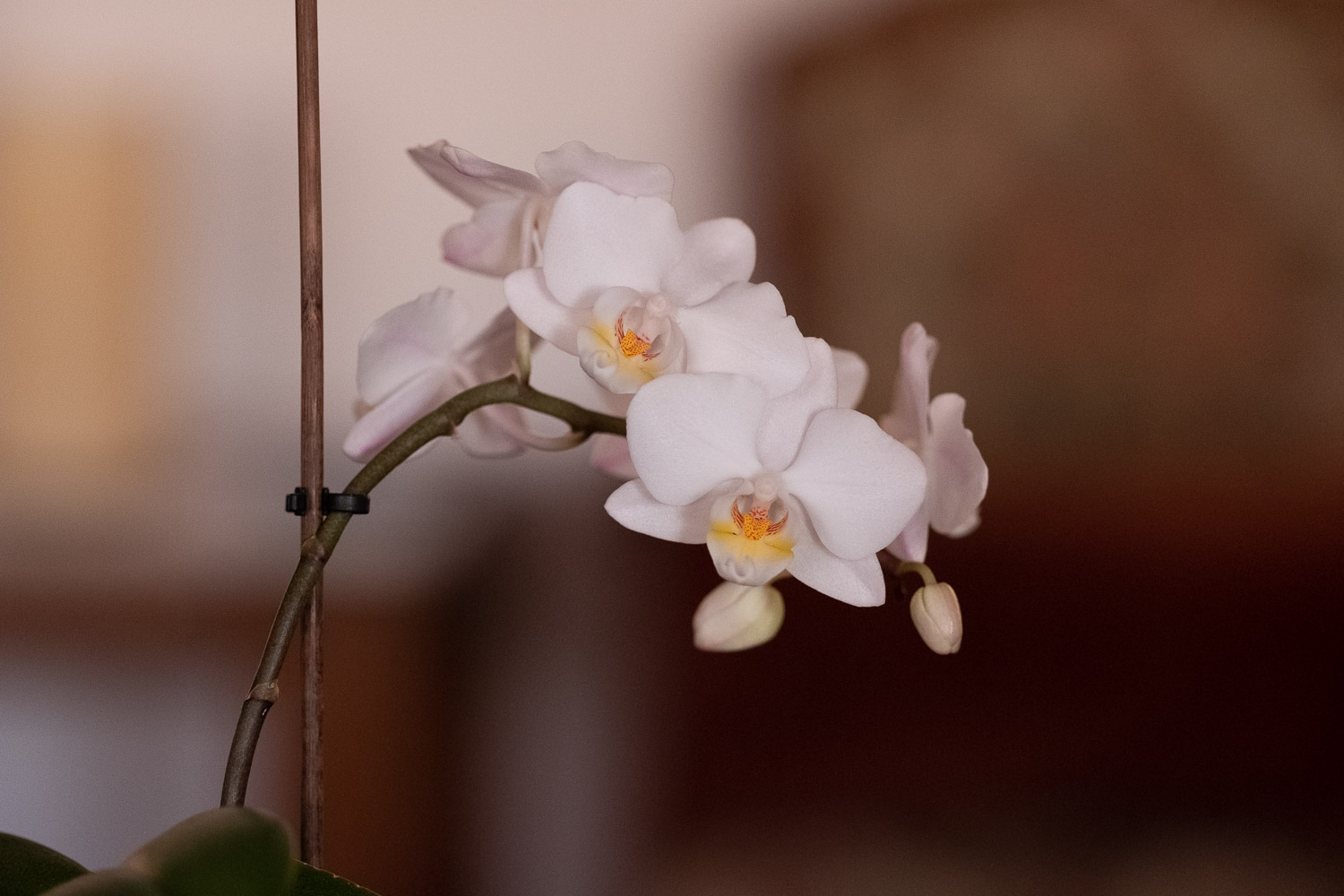 FUJIFILM X-H1 (72.8mm, f/5.6, 1/200 sec, ISO250)
FUJIFILM X-H1 (72.8mm, f/5.6, 1/200 sec, ISO250)
There is only one thing that is more beautiful than a sunset – a sunrise!
This one I caught when we visited my wife’s mother in Bavaria, Germany. Because I once had to cover a trip to the zoo with the 35/1.4 I now always take all my camera gear with me just in case. All my gear means in addition to my small camera bag with the X-Pro3 plus 14/2.8, 23/2 and 35/1.4 I also bring my small camera back bag which holds my X-H1 plus the 10-24/4, 16-55/2.8, 50-140/2.8 and the 90/2. Practically everything I own and what I will bring to my next vacation in the USA.
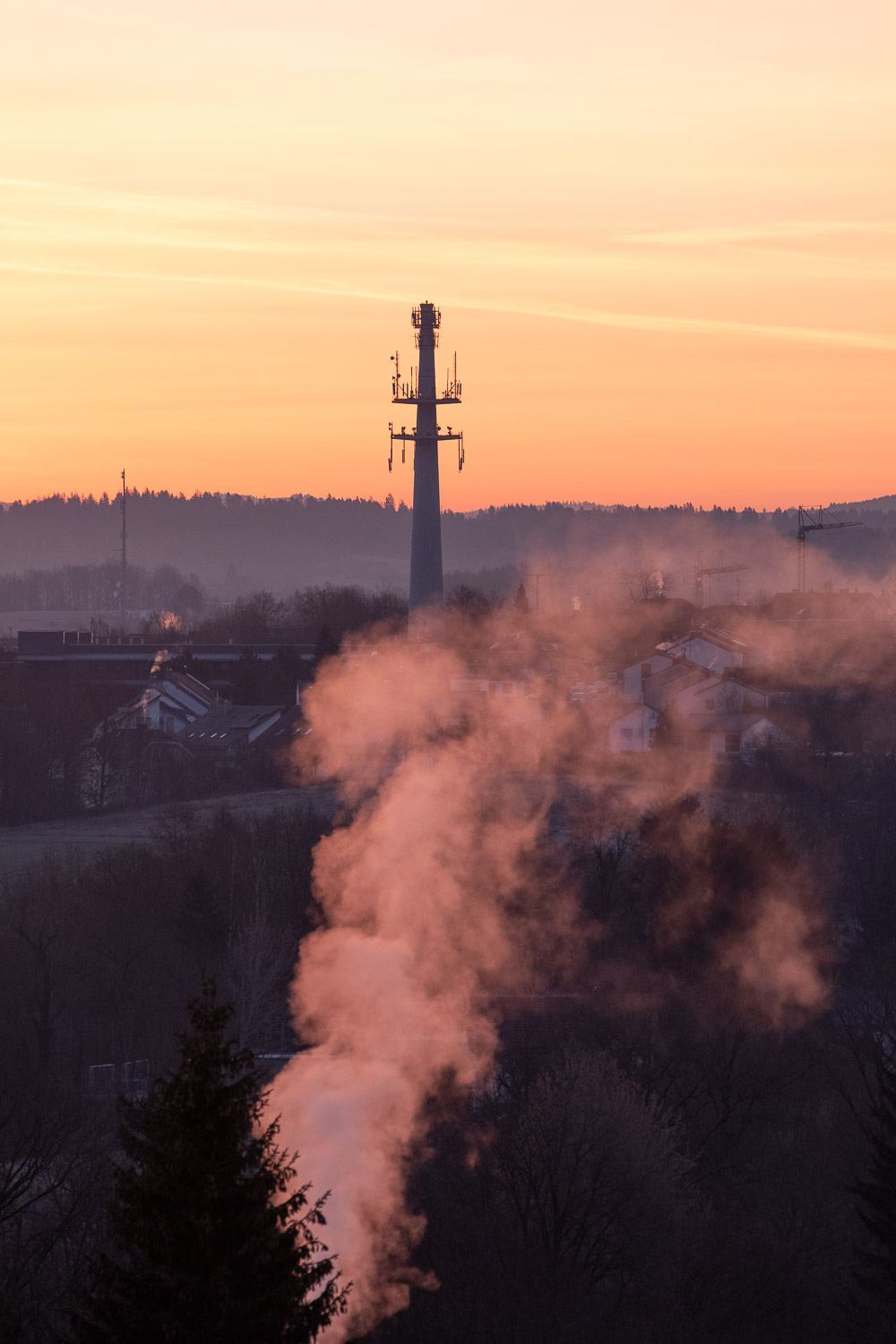 FUJIFILM X-H1 (196mm, f/5.6, 1/200 sec, ISO640)
FUJIFILM X-H1 (196mm, f/5.6, 1/200 sec, ISO640)
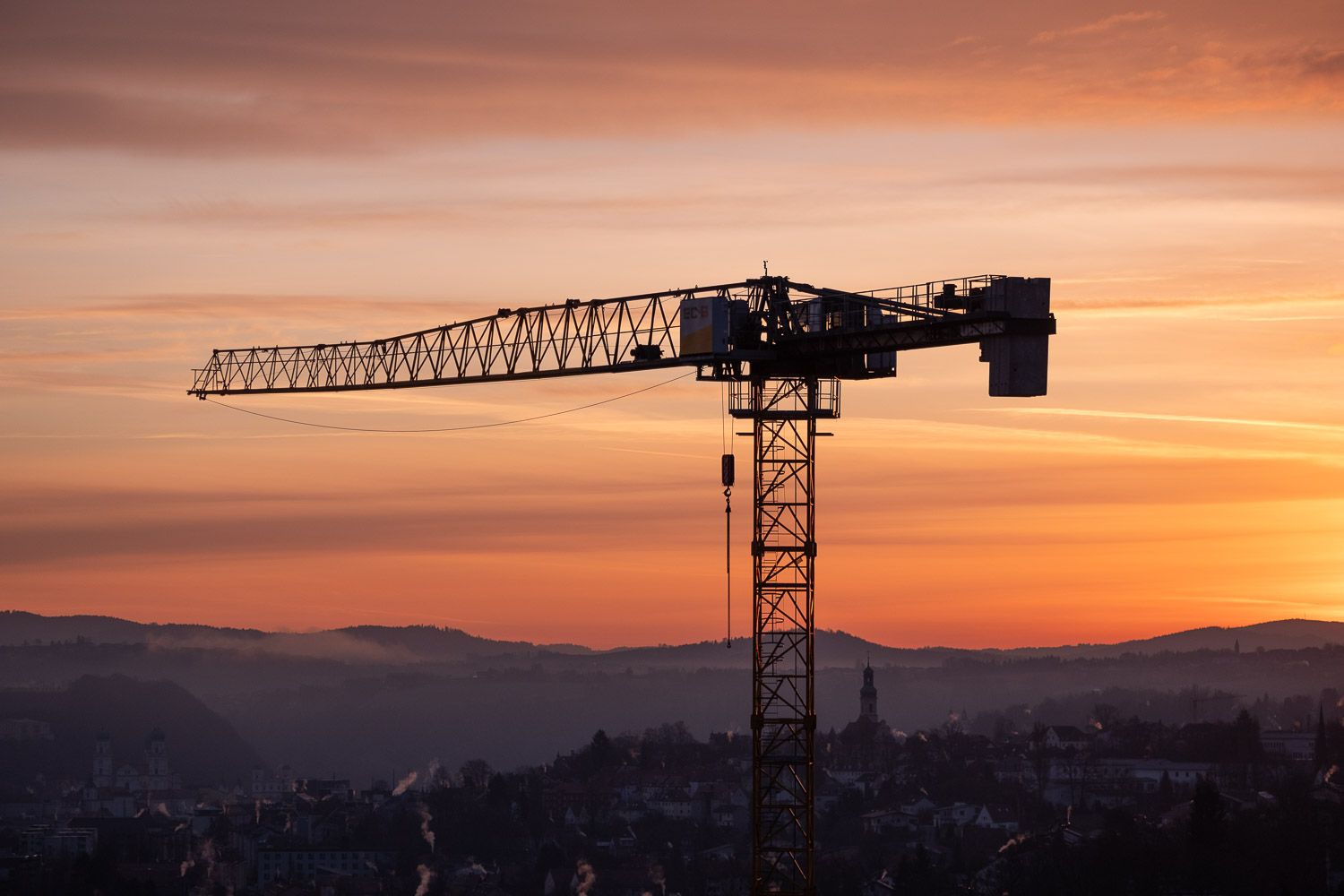 FUJIFILM X-H1 (94.5mm, f/2.8, 1/950 sec, ISO200)
FUJIFILM X-H1 (94.5mm, f/2.8, 1/950 sec, ISO200)
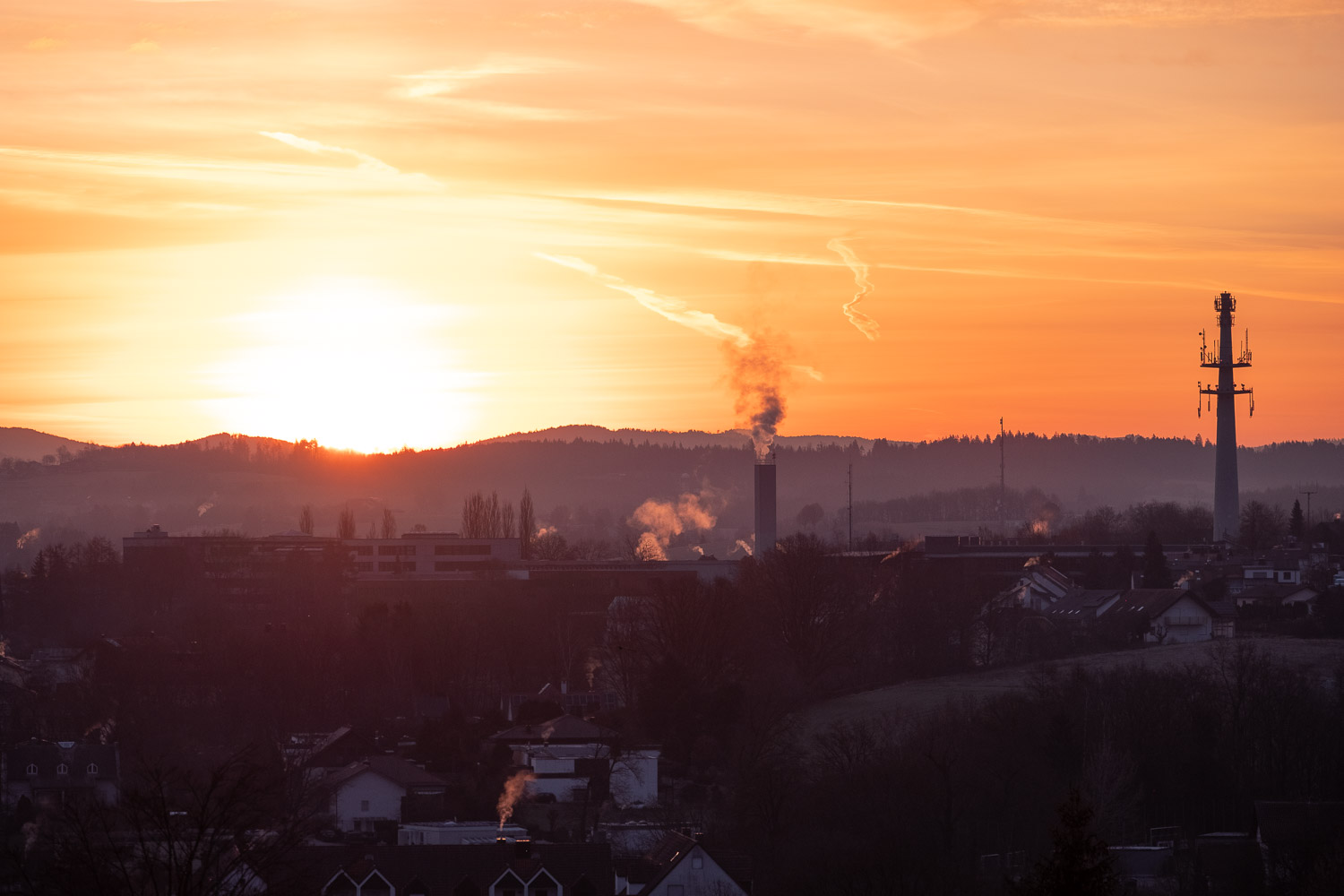 FUJIFILM X-H1 (140mm, f/5.6, 1/220 sec, ISO200)
FUJIFILM X-H1 (140mm, f/5.6, 1/220 sec, ISO200)
The first images I took with the Fuji XF 50-140/2.8 WR, first with the 1.4TC and later without the converter. I bought this lens second hand during the pandemic and have not traveled with it so far but I look forward to that. Since I sold my 18-55 kit lens the 55-200 had become my weakest lens. I think the 55-200 is not that bad at all but there is a difference in between good and excellent. The 50-140/2.8 is excellent. I can’t wait to shoot with it in the USA this autumn.
My mother in law lives in a nice flat overlooking the city of Passau. I’m very glad that she has such a nice view. She loves photography and she take some images whenever the light or the moon is special. This time it was my turn.
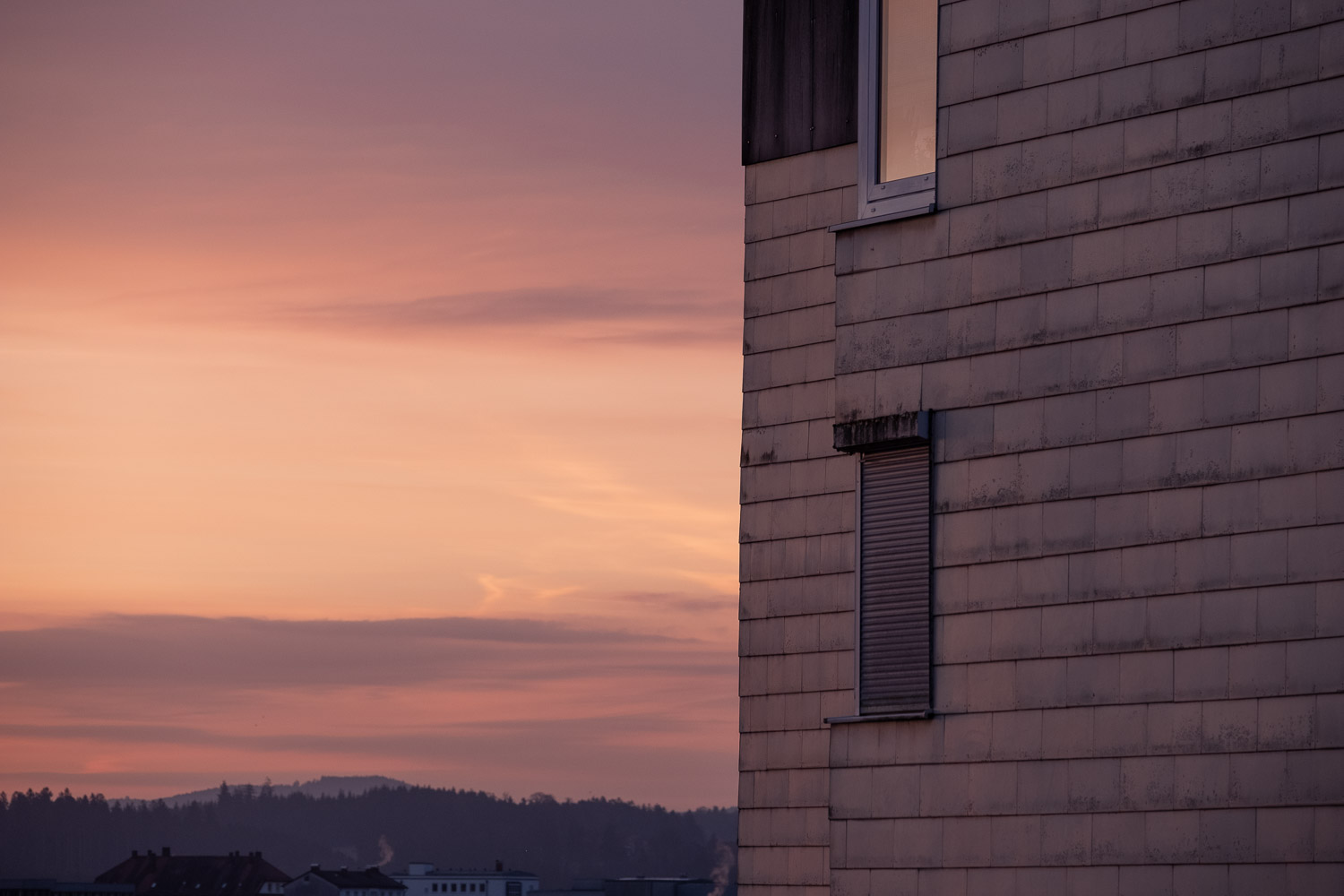 FUJIFILM X-H1 (140mm, f/5.6, 1/200 sec, ISO400)
FUJIFILM X-H1 (140mm, f/5.6, 1/200 sec, ISO400)
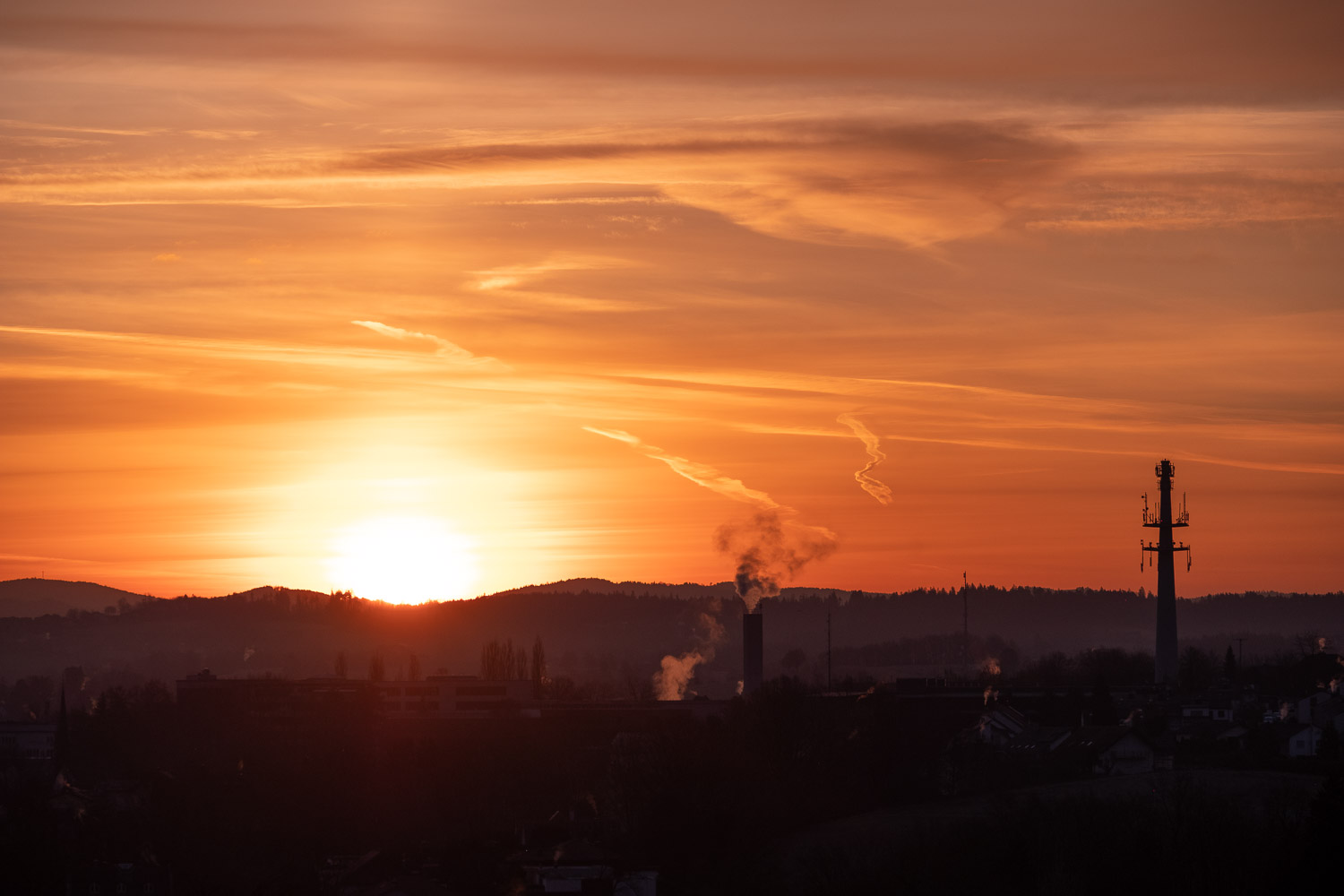 FUJIFILM X-H1 (129.2mm, f/5.6, 1/750 sec, ISO200)
FUJIFILM X-H1 (129.2mm, f/5.6, 1/750 sec, ISO200)
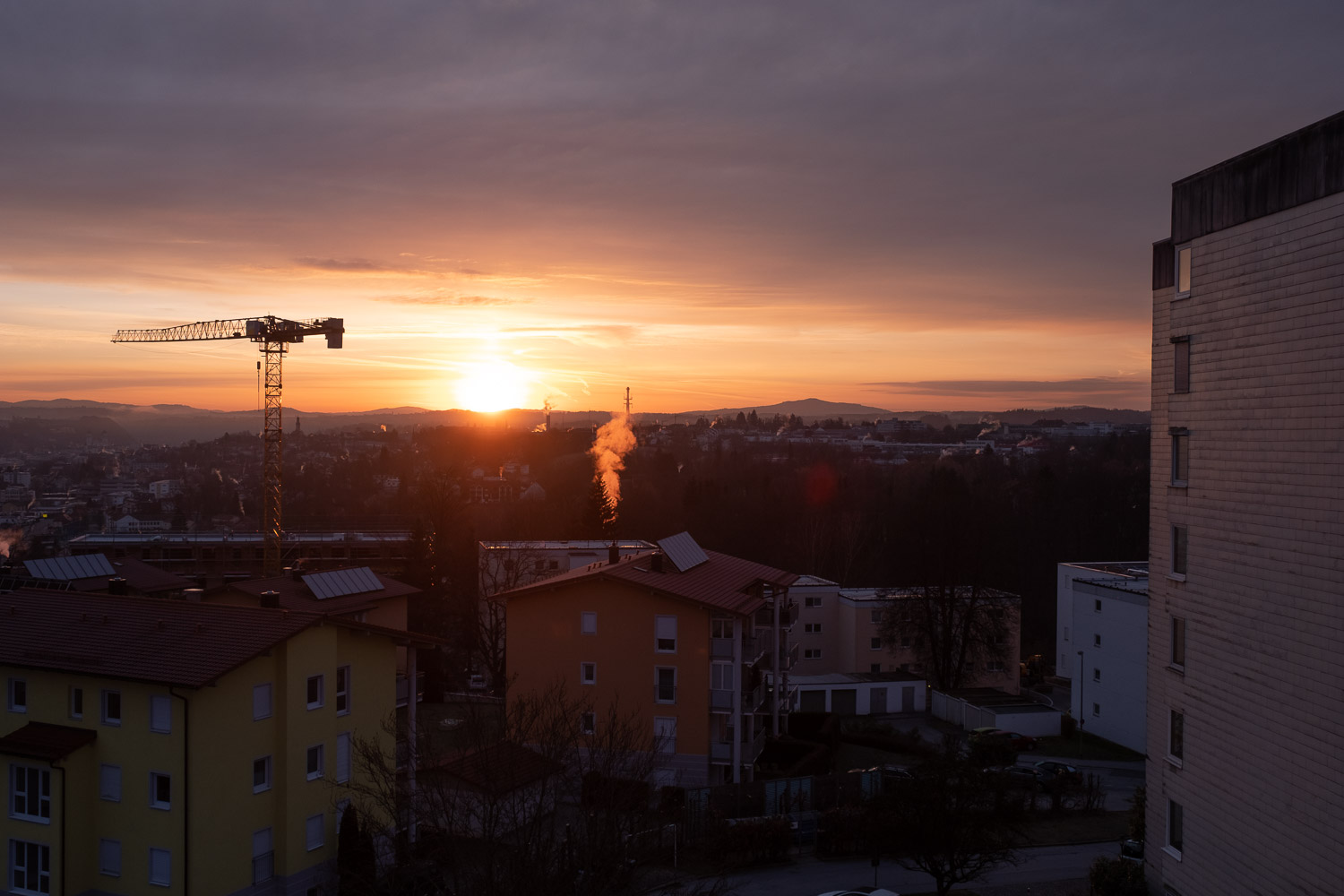 FUJIFILM X-H1 (23.4mm, f/5.6, 1/200 sec, ISO250)
FUJIFILM X-H1 (23.4mm, f/5.6, 1/200 sec, ISO250)
I later switched to the XF 16-55/2.8 WR. Another fantastic lens from Fuji. When those two lenses were announced I wasn’t thrilled. I thought they are too big and heavy for Fuji X because I just switched from a full frame DSLR with big and heavy f2.8 zooms and the main attraction of Fuji X was the small and light cameras and lenses. I was not ready to go back to big and heavy.
But even though the 16-55/2.8 and the 50-140/2.8 are rather big and heavy for APS-C they are still rather compact compared to full frame lenses. They best compare to the f4 versions, the 24-70/4 and the 70-200/4 from Canon or Nikon. And regarding background separation they should be compared to those lenses as f2.8 on APS-C is about f4 on full frame.
When I shot Canon I used to shoot with the 24-70/4 IS L and 70-200/4 IS L before I switched to the 24-70/2.8 II L and the 70-200/2.8 IS II L. The gain in image quality was dramatic not only because of the better background separation but also because the f2.8 lenses were optically superior to the f4 versions. While I of course can’t compare the Fuji lenses to the ones from Canon I think the 16-55 and 50-140 are much closer to the f2.8 lenses from Canon regarding optical quality.
 FUJIFILM X-H1 (38.8mm, f/5.6, 1/480 sec, ISO200)
FUJIFILM X-H1 (38.8mm, f/5.6, 1/480 sec, ISO200)
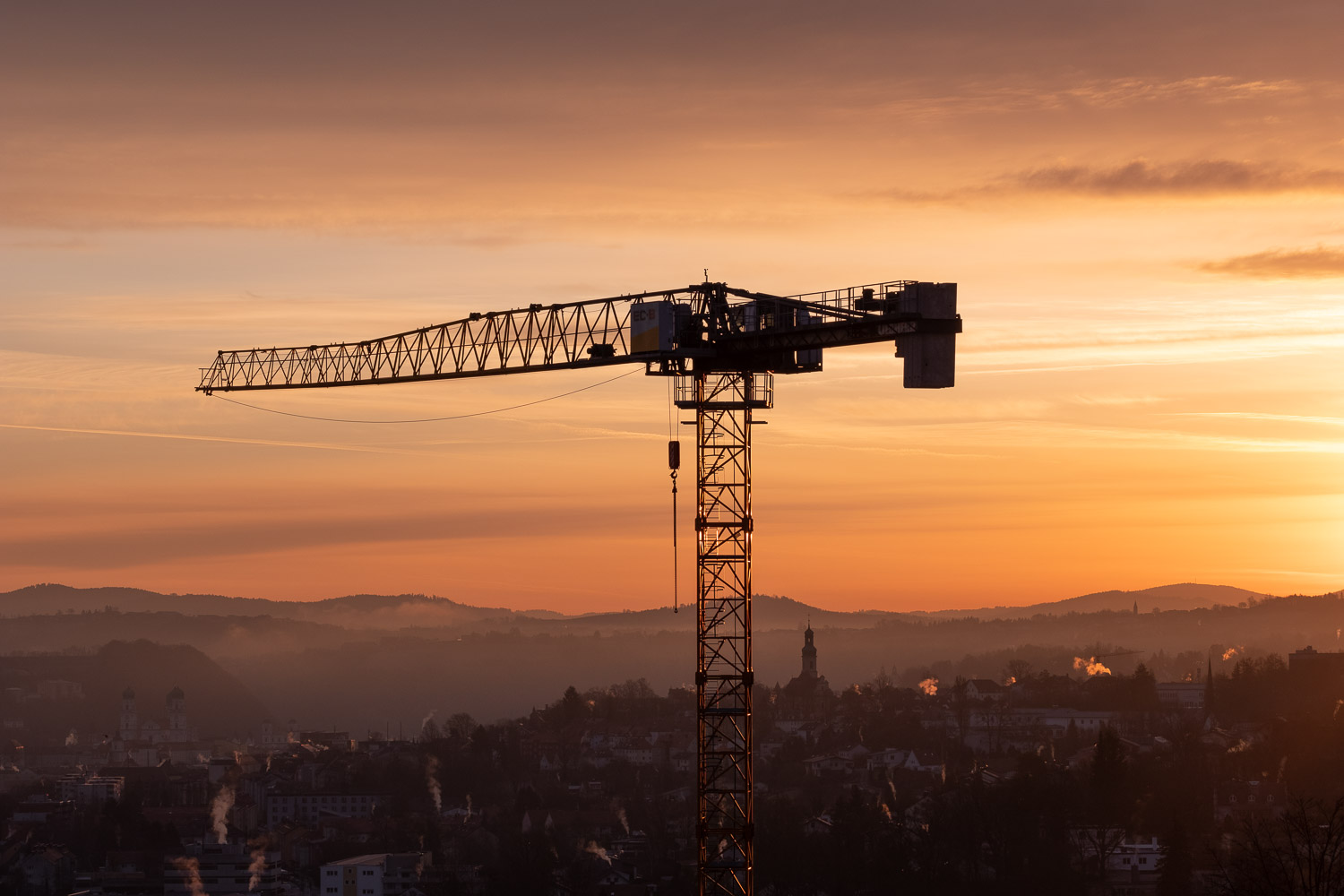 FUJIFILM X-H1 (90mm, f/8, 1/240 sec, ISO200)
FUJIFILM X-H1 (90mm, f/8, 1/240 sec, ISO200)
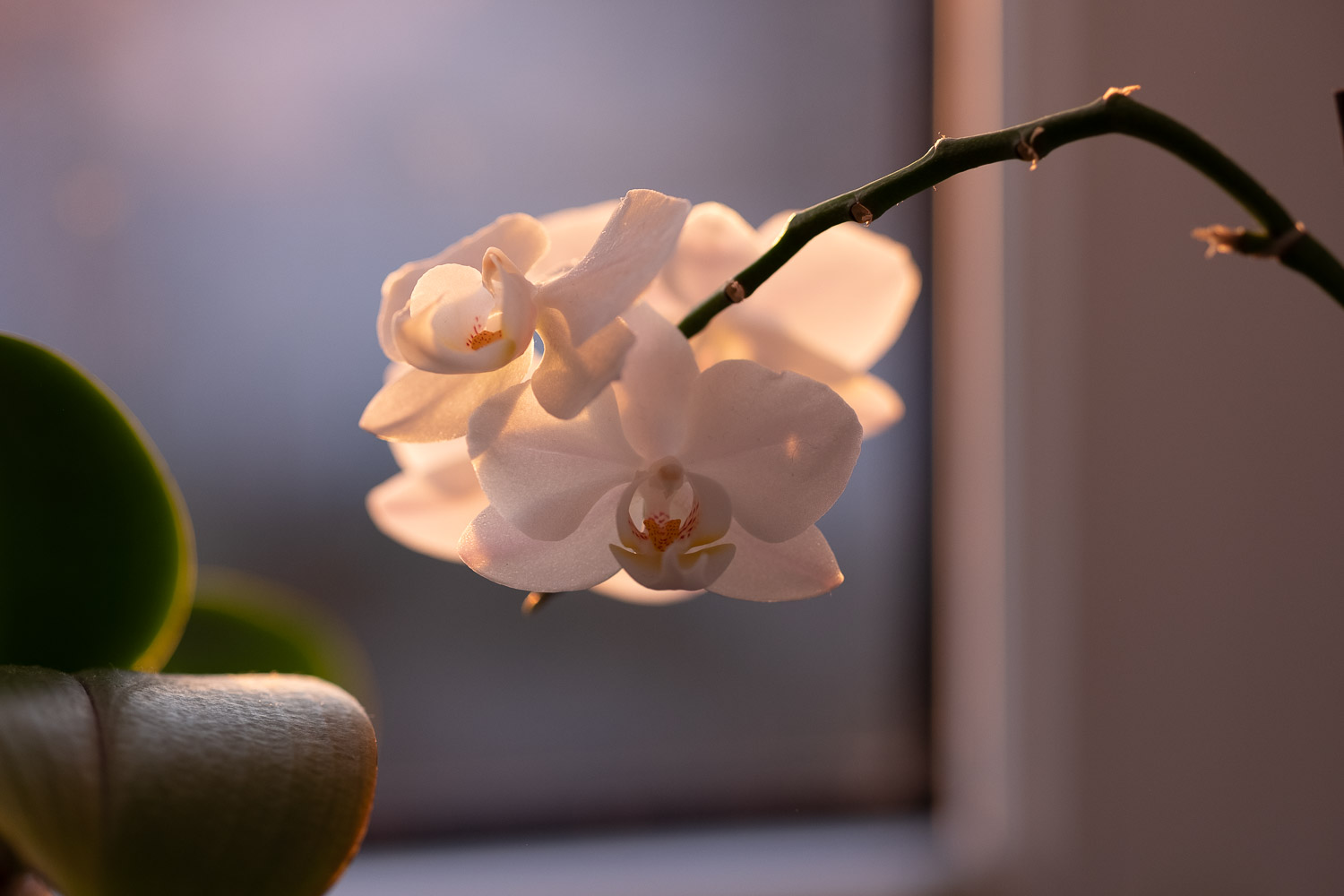 FUJIFILM X-H1 (90mm, f/2, 1/200 sec, ISO400)
FUJIFILM X-H1 (90mm, f/2, 1/200 sec, ISO400)
At the end I took some images with the XF 90/2 WR. This lens is even superior to the two zooms. It’s crazy sharp like the two zooms lenses but its Bokeh is much better. Beautiful soft and creamy. This is an excellent substitute for the Canon 70-200/2.8 II on full frame and also for the Canon 135/2 L. The look it creates is very similar even though the sensor on my Fuji is only half the size.
Sometimes in a weak moment when I consider to switch back to full frame I think that I would most likely end up with the f2.8 versions of the zooms in order to get the best image quality. So Nikon Z7II plus 12-24/2.8, 24-70/2.8 and 70-200/2.8.
That setup would be far heavier and bigger and also much more expensive compared to what I shoot today. I don’t think I will ever switch back.

